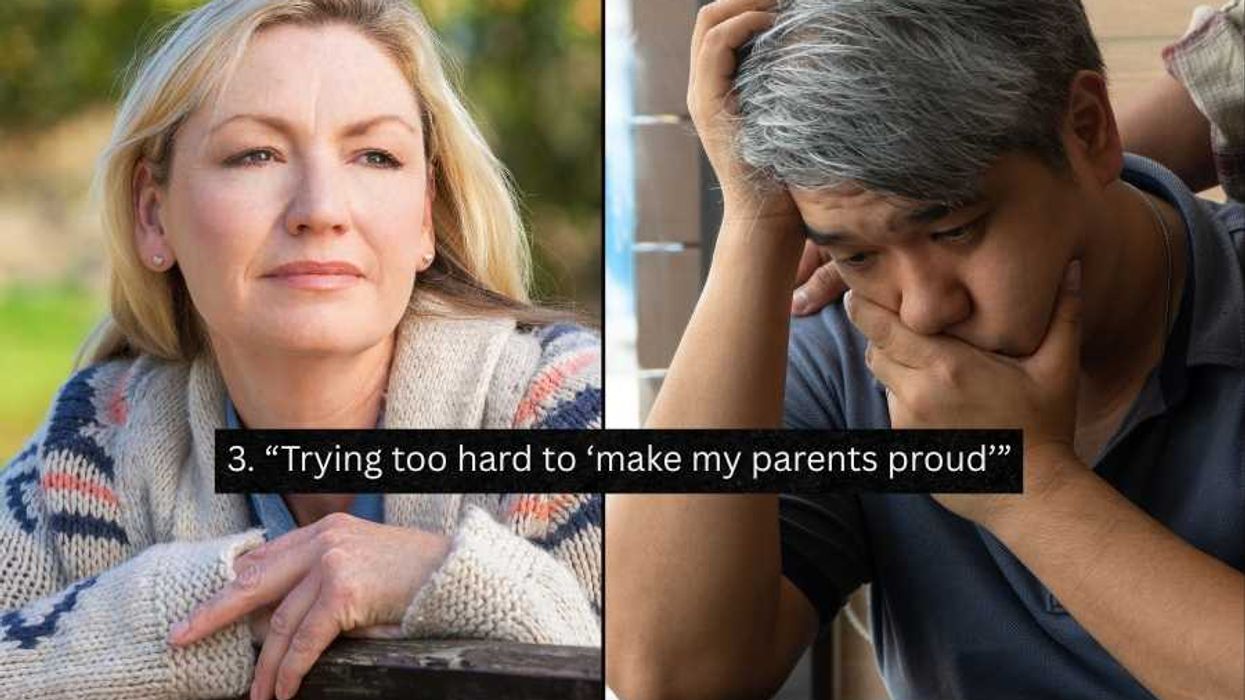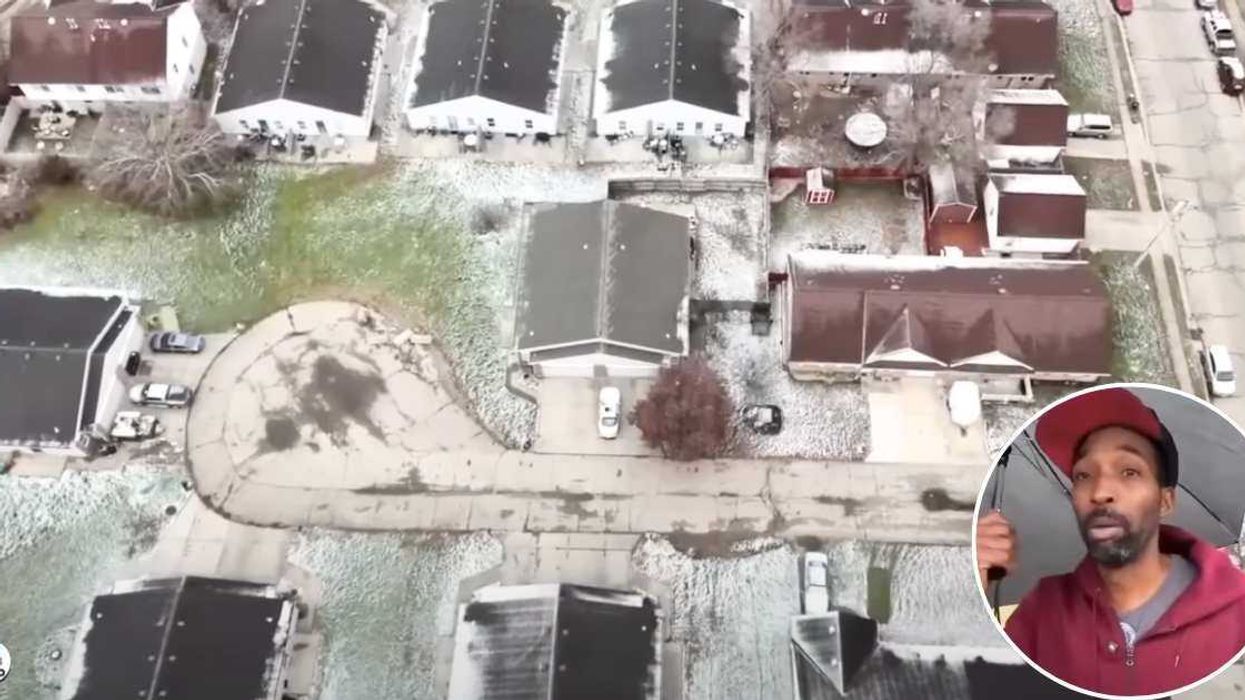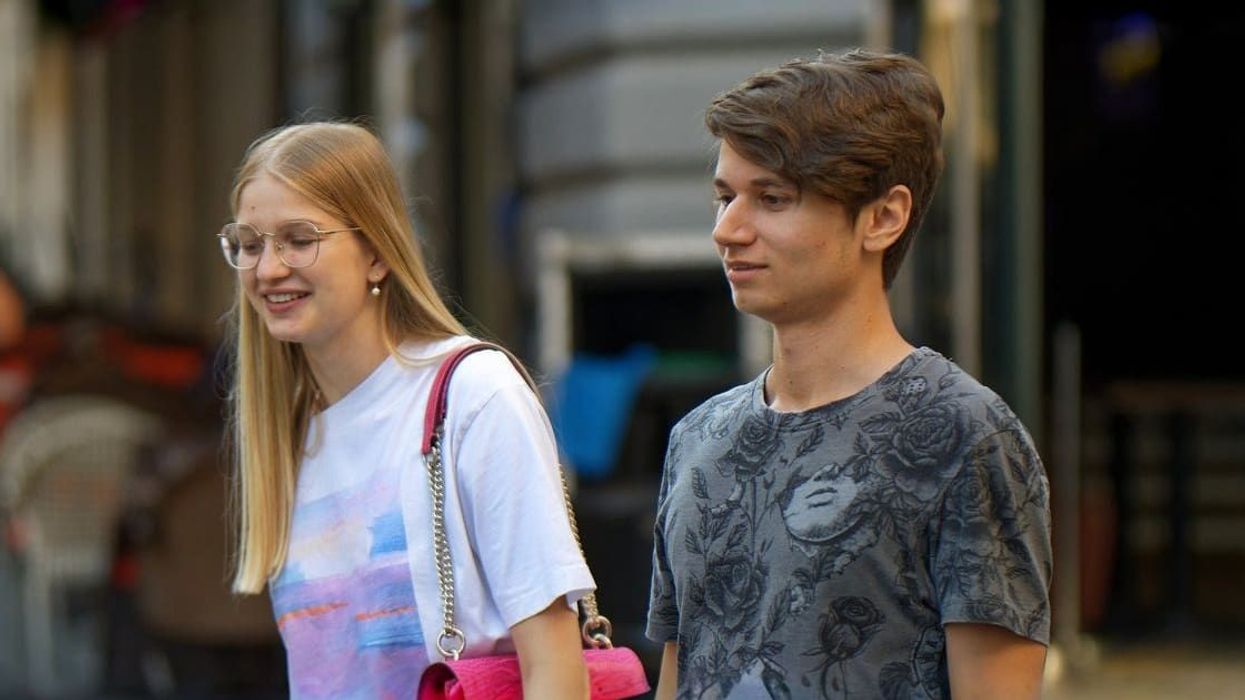Housing the homeless is one of the most complex social issues facing Los Angeles. With countless bureaucratic steps and agencies, it takes six to nine months to house a homeless veteran; and sometimes longer. That waiting period can be detrimental when someone's health and general well-being are on the line.
As a participant in GOOD Ideas for Cities Los Angeles in April 2011, Becky Kanis faced the challenge of housing head on. She didn't just want to make the housing process a little easier—her goal was to reduce that six to nine month period down to a mere ten days. As the director of the 100,000 Homes campaign, Kanis has already devoted her life to solving homelessness. By participating in GOOD Ideas for Cities, Kanis stepped outside of her realm to find creative solutions from the unlikely sources.
[youtube]https://www.youtube.com/watch?v=1VXMQorhRcU
Kanis and her complex problem were paired with an unusual team: furniture designer Tanya Aguiñiga and graphic designer David San Miguel. "We charted out for them what the typical process is to get a homeless person into housing, and they were both aghast," said Kanis. In determining how to tackle the problem, Kanis knew that a pitfall would be relying solely on Aguiñiga's main skill set; just because Aguiñiga is a furniture designer, they could've gotten off track by creating a portable chair for the homeless, for example. "We didn't try to retrofit it," said Kanis. "I tried to come up with a project that would play to Tanya's strengths. We stuck to the social issue."
The group developed the idea of a board game that would assist housing agencies in mapping their current processes, with the ultimate goal of highlighting excessive steps that could be eliminated and reduce the process down to the 10-day goal. Aguiñiga began by examining Los Angeles's local housing system. "We started out by visually mapping their process so that we could understand what they do," said Aguiñiga. "Once we mapped everything out, we saw how crazy it was. We quickly learned that there were so many different agencies involved in housing the homeless, and so much paperwork."Aguiñiga isn't a total stranger to providing aid for those who need it. Previously, she built and ran a community center in Mexico where she worked for six years. "The most challenging aspect was knowing that this was extremely urgent," she said. "They're dealing with the people that are most vulnerable." 100,000 Homes approaches housing by addressing the most vulnerable first—the elderly and sick fall into this category.
The way the board game works is by encouraging players to constantly cut out steps to try to make the process faster. In conjunction with the United Way's Great LA, national leaders were invited to test out the board game and provide feedback. Along with a similar boot camp held in New York City, both communities reduced their housing processing times by 40 percent. To ensure the results of these sessions actually took effect within housing agencies, Kanis partnered with Nadim Matta of the Rapid Results Institute. "He was able to grasp it because he could see it visually," said Kanis. "Together we created a Rapid Results Housing Boot Camp, and we just finished training 17 cities across the country."
Initially a board game might be overlooked as child's play, but everyone was eager to take this unique approach. "It's a really serious subject, but no one thought this trivialized the problem of being homeless," said Aguiñiga. "People were simply looking for easier ways to get their jobs done. Everyone was pretty excited to see their own processes mapped out, and compare it to other agencies processes."
By visually mapping the process of a housing agency, Aguiñiga made employees more aware of extraneous tasks that could be cut. "When we counted how many steps each agency took, and how long it was taking them to secure housing for someone, it was as much as 100 different steps and anywhere from six months to two years," said Aguiñiga. "For them to see how crazy this was, and try to reduce the process down to 10 days, people understood how ridiculous the bureaucratic system is. They began figuring out how they could partner with agencies more effectively."
Designers often get caught up in perfecting the little details. But for Aguiñiga, it was liberating not to worry about font choices and kerning. "This game is something that's going to stay internally. It just needed to be the simplest, most intuitive game so that you're not overwhelmed by excessive game pieces or components," explained Aguiñiga. "Anyone can print it on a home computer, and create sets that can be given to boot camps across the country."
It's this potential for sharing that makes the game even more intriguing to the general public. The game received a nod from the United States Interagency Council on Homelessness and was mentioned in David Bornstein's column on solving social problems in the New York Times. Bornstein saw even greater potential for the game format, noting, "If a one-day process can spark big improvements in the way cities handle housing, what other government functions could be re-imagined over Chutes and Ladders-like game boards?"
For Kanis, the goal going forward is simple. "We want to help every community in America get to the point where every month they're moving 2.5 percent of their chronic and vulnerable homeless population into permanent housing. Anything less than that number, and there's definitely more you can do." Currently, Kanis and the 100,000 Homes team is in the process of approaching sponsors to help them increase their training sessions from 17 cities to 50 in the year 2013.
With the help of Aguiñiga's board game, Kanis knows this is possible. She's also thankful that such an unlikely pairing produced more results than she could've ever hoped for. "We've gone to people in the health care sector, but a furniture designer? That's just crazy," said Kanis. "But for us, with the 100,000 Homes campaign, the real value is the ability to look at something from a different angle."
Photos courtesy 100,000 Homes and Home for Good
GOOD Ideas for Cities pairs creative problem-solvers with real urban challenges proposed by civic leaders. To learn more visit good.is/ideasforcities. Watch more videos of recent GOOD Ideas for Cities events, and if you'd like to talk about bringing the program to your city or school, email alissa[at]goodinc[dot]com or follow us at @IdeasforCities
















 Otis knew before they did.
Otis knew before they did.